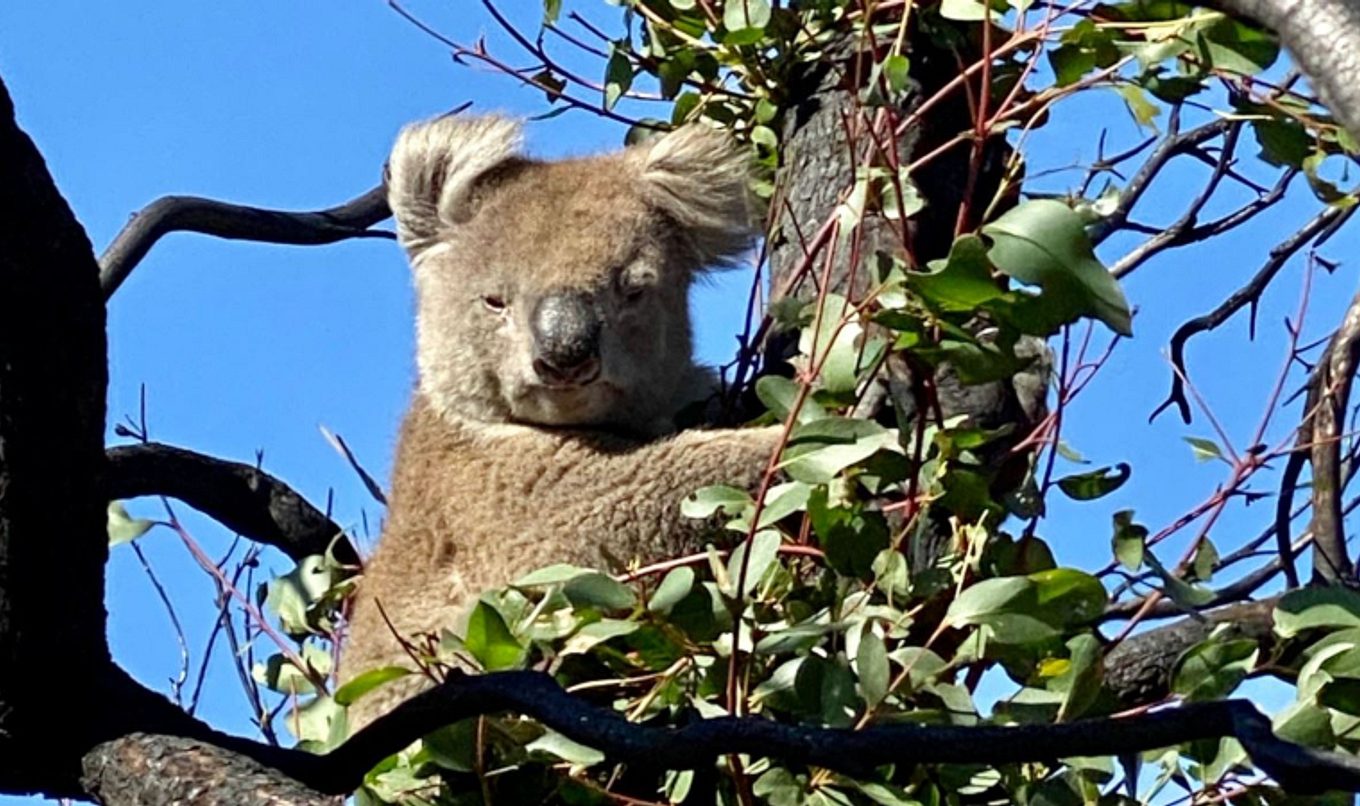New and improved Kangaroo Island koala count underway
A Kangaroo Island koala count using drones, infrared cameras and artificial intelligence is underway to better understand the remaining population following the summer bushfires.

This innovative technology will scan trees at night across unburnt patches and known koala locations, to count the species based on their body heat signature.
Wildlife and Habitat Bushfire Recovery Taskforce Chair Dr Felicity-ann Lewis said, before the bushfires about 50,000 koalas were estimated to live on Kangaroo Island, having grown from a population of 18 that were introduced to the island in the 1920s.
“Earlier this year it was estimated that around 5,000 to 10,000 koalas remain on Kangaroo Island and the new survey will now confirm the population number,” said Dr Lewis.
“About 85 per cent of their habitat was bushfire-affected, including most of the blue gum plantations where many koalas lived.
“Using innovative technology such as drones and infrared cameras we will be able to undertake a new count which will allow us to better understand the remaining population density and distribution.
“This will help National Parks and Wildlife Service South Australia to plan a way forward and ensure the sustainability of one of Australia’s most iconic and much-loved animals on Kangaroo Island.”
Researchers at Brisbane-based university - Queensland University of Technology (QUT) - developed the artificial intelligence that underpins the innovative drone technology, which includes an algorithm that identifies koala heat signatures in the trees.
QUT ecologist Associate Professor Grant Hamilton said the drones will fly approximately 30 metres above the tree canopy of known koala habitats on Kangaroo Island and use on-board thermal cameras to collect data on koalas.
“The data can then be downloaded and analysed to provide an entire population count much more quickly than traditional ground surveys,” said Professor Hamilton
“Our research has shown that this technology and method is a faster and a more accurate way to count koalas and monitor population changes over time.
“This process of data collection and analysis enables improved management of wildlife, particularly after catastrophic events such as bushfire.”
The koala population count will be carried out by Airborne Data Acquisition between midnight and 6:30am over the next few weeks to best detect the thermal signature of koalas. All affected landholders have been notified. The data will be analysed by QUT. A final population count is expected in July 2020.

